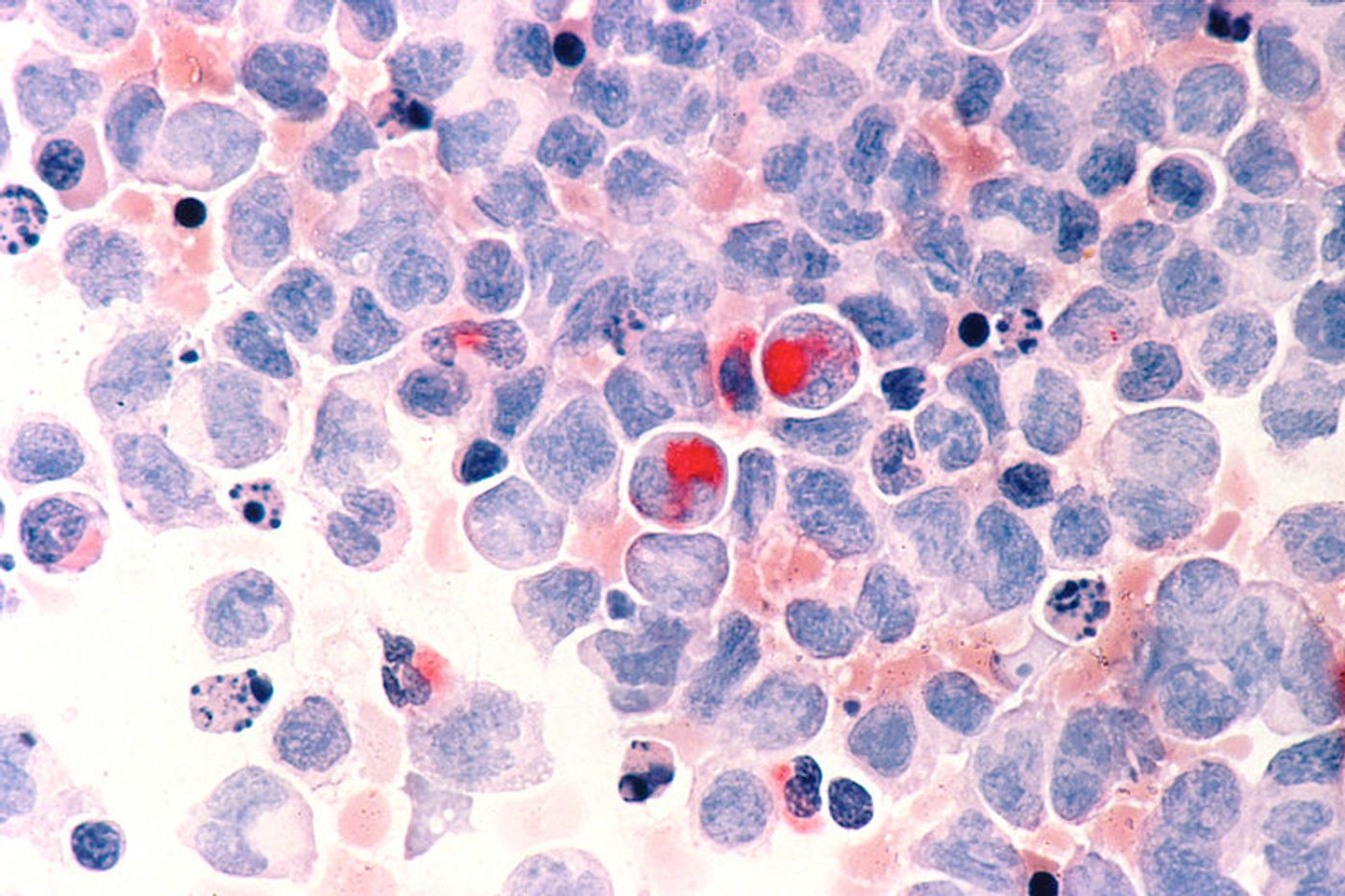A Vaccine for When Cancer Forms from Human Retroviruses
A vaccine to prevent leukemia and other diseases of the immune system caused by a specific viral infection is now a very real idea. A new study from Kyoto University ultimately led to the identification of a cancerous protein that could serve as a target for new vaccines.
Diseases of the immune system like leukemia and other types of cancer often develop because of an infection by the retrovirus HTLV-4 (human T cell leukemia virus type 1). A retrovirus is a type of virus that uses RNA as its genetic material instead of DNA. After the virus infects a cell, like HTLV-1 does during leukemia, it uses an enzyme called transcriptase to convert its RNA into DNA. This conversion allows the virus to integrate into the DNA of the host cell and take over the cell’s machinery.
HTLV-1 was the first human retrovirus to be discovered, a “cousin” of HIV (human immunodeficiency virus). Like HIV, HTLV-1 transmission is linked with sexual contact, breastfeeding, and blood transfusions. HTLV-1 infects CD4+ T cells, an infection that can lead to leukemia and other diseases of the immune system. Uniquely, the virus thrives by remaining at very low levels in the body, essentially hiding from the immune system. Its genetic material is rarely detected in the plasma of infected individuals, study leader Jun-ichirou Yasunaga says.
HTLV-1 also encodes two oncogenic genes, called Tax and HBZ. Oncogenic genes are those that have the potential to cause cancer. Tax plays two roles - oncogenesis and viral replication - making it a powerful tool for HTLV-1.
Researchers studied infected leukemic cells to see how HTLV-1 and Tax worked to cause disease. They found that less than three percent of these cells express Tax at one time. Tax expression is transient, lasting less than 24 hours per cell. Researchers observed that it takes five months for 90 percent of the infected cells to have their turn to express Tax.
This fleeting mode of expression of Tax helps the virus hide from the immune system. It also helps to prevent apoptosis, a process of programmed cell death that is used by cells to self destruct when they’re infected to prevent other cells nearby from becoming infected too.
"There were clear differences in the gene expression between Tax-expressing and Tax-non-expressing cells,” Yasunaga explained. “In the latter there were two populations, those with medium, and those with low levels of anti-apoptotic factors. This shows that Tax caused different degrees of sensitivity to apoptosis.”
But when researchers manually suppressed Tax expression, nearly all HTLV-1-infected cells disappeared within one month.
"Transient Tax expression is a unique way through which enhances the survival and proliferation of infected cells, so it makes it a good vaccine target,” Yasunaga said. “Understanding its expression mechanism could be a key to new therapies.”
The present study was published in the journal Proceedings of the National Academy of Science.
Sources: AIDSinfo, Clinical Microbiology Reviews, Kyoto University









